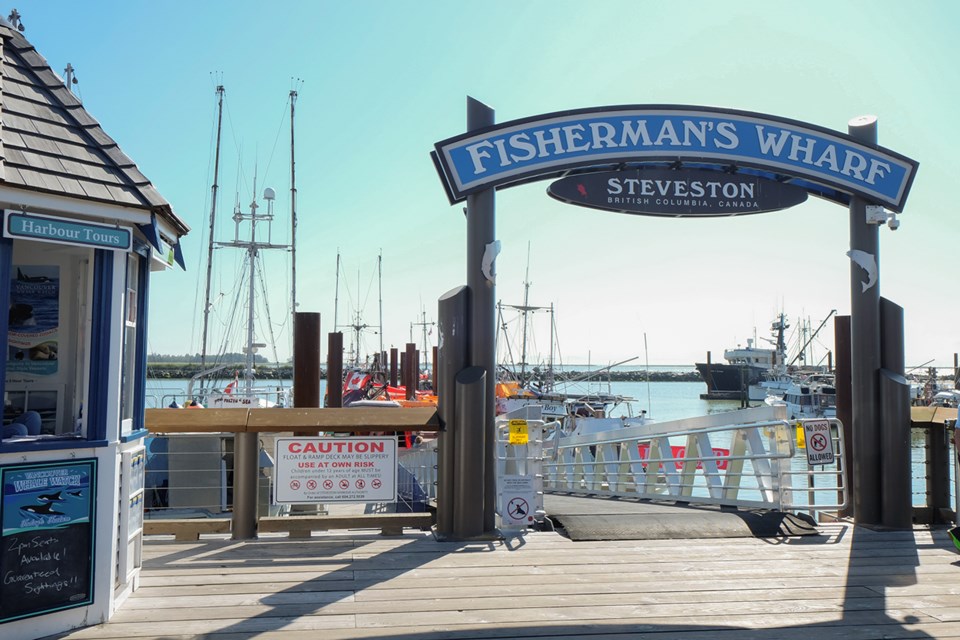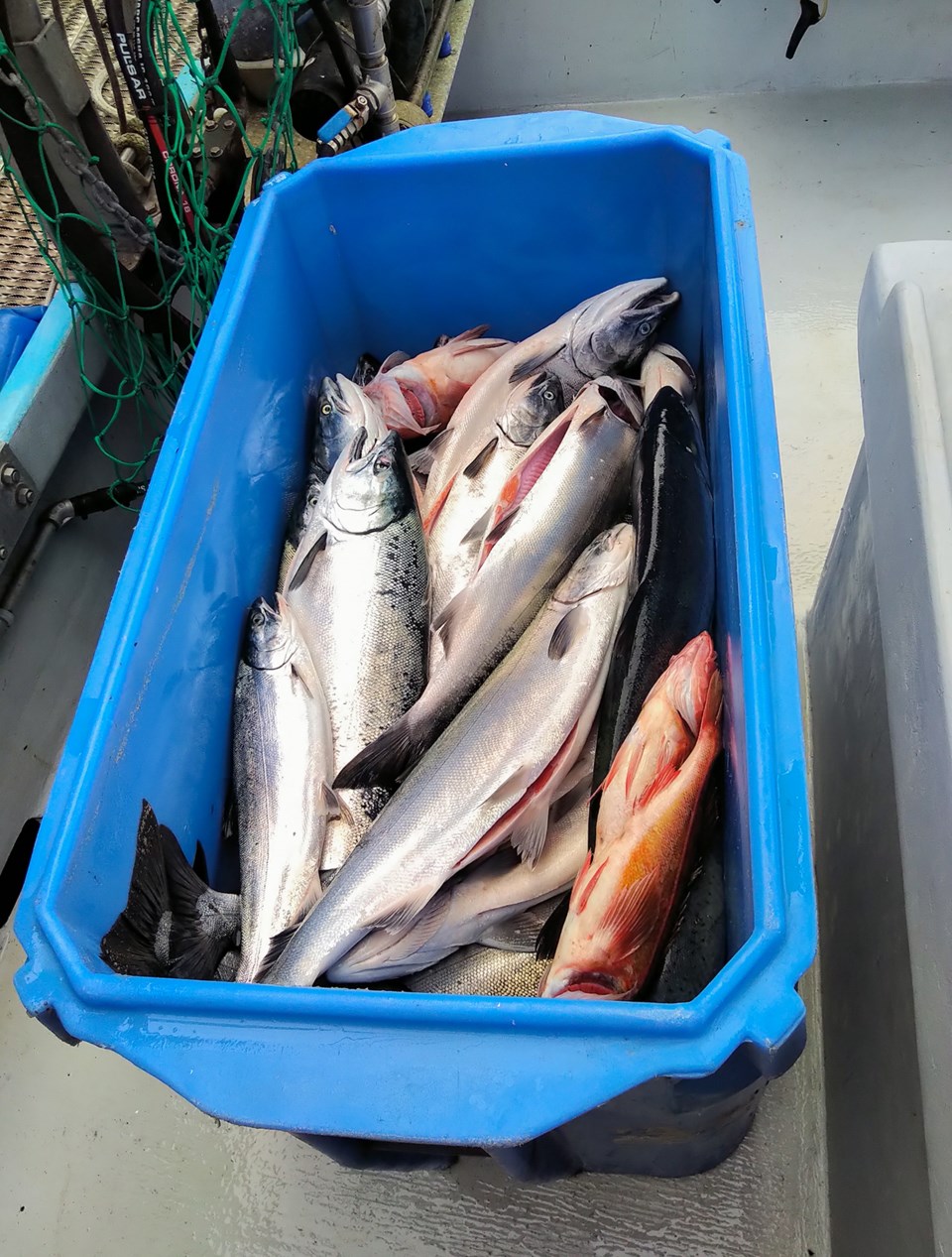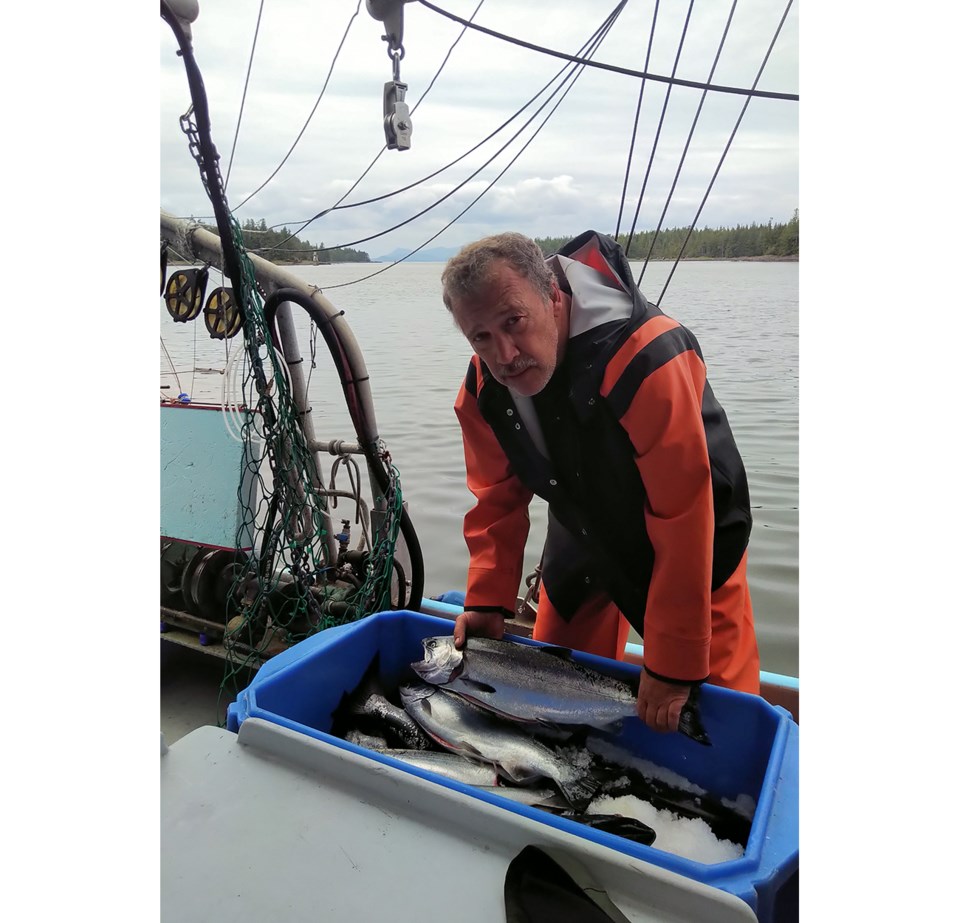This year’s Fraser River sockeye run is forecasted to be at an all-time low – something that will have a “big time” impact on the availability of south coast salmon in Steveston.
“The south coast… It’s devastating. There will be no sockeye fishery, there will be no pink fishery, and right now the fall chum fishery is a question mark,” said Dane Chauvel, the CEO of Richmond-Based Organic Ocean, which operates its own boats and works with B.C. fishers to deliver seafood direct to consumers across the country.
“We operate an environment down there when we have south coast fisheries. We have vibrant sales to the public in places like False Creek and Steveston. This year, you’re not going to see nearly as much of that,” added Chauvel.
In its latest weekly report, issued Aug. 7, the Pacific Salmon Commission outlined this year’s dearth of Fraser River sockeye, forecasting an in-season run of just 283,000. That’s less than a third of the pre-season forecast of 941,000 fish.
The report states that just over 4,000 sockeye have been caught this year – the majority by test fisheries.
In addition, the high water levels seen on the river earlier this summer, as well as the Big Bar landslide north of Lillooet, are making for a challenging migration for sockeye and chinook.

Chauvel spoke to the Richmond News from B.C.’s north coast – having just finished a fishing trip in the Hecate Strait – where the salmon fishery is “not great,” but better off than the “devastating” season the south coast is experiencing.
That means that there will still be salmon available for sale – just from other B.C. fisheries.
“As the fisheries on the north coast close, you’ll have fishermen that are bringing their fish to Vancouver and selling them,” said Chauvel, who is also chair of the BC Salmon Marketing Council.
“So there will be fish available, but it’s probably not going to happen in any abundance for maybe another month. And even after that, it’s going to be comparatively limited.”
‘Broken’ salmon fishery needs fixing
The pandemic has also impacted the seafood sector, with late starts to the season and uncertainty over supply and demand.
Fisheries and Oceans Canada has announced an aid program of nearly $500-million for fish harvesters across the country, which will open Aug. 24 – but Chauvel wants more than temporary aid measures, particularly when it comes to the “broken” commercial salmon fishery.
“I fear that (the aid) is going to be a bit of a band aid solution – and that doesn’t mean I don’t welcome it and I don’t appreciate it. I think it’s a good thing, but we have got bigger issues with respect to the fishing industry,” he said.

One of those issues is over-capacity.
With “too many boats chasing too few fish,” Chauvel said he would like to see the federal government reduce the size of fishing fleet, so that it’s proportional to the amount of fish that can be harvested.
Most efforts to manage salmon stock, he said, have been focused on reducing the amount fishers can harvest, something that targets commercial fishing, but also impacts the recreational industry and First Nations.
“Don’t leave the fleet the size it is, and tell everybody you can touch a little bit (of salmon) – you’ll all be broke,” he said. Instead, reducing the fleet size would mean that the fishery would be “economically viable” for those participating in it.
Chauvel says there could be steps taken to improve the salmon’s environment, for example, making the in-river migration path more hospitable.
Uncertain market
The pandemic has also created uncertainty when it comes to marketing what seafood is available.
“A few months ago, when the restaurants were shutting down, we were concerned that we wouldn’t have sufficient demand,” said Chauvel. “Now the concern is that we won’t have sufficient supply.”
Other restaurants and hotels that are supplied by distributers such as Organic Ocean may only be open on a limited basis – and everyone is experiencing cash flow issues.
“What we’re trying to do is figure out how we can continue to supply them without being unduly exposed from a credit perspective. And that’s a real issue, because if you shut the supply chain down, you’re not going to have the seafood flowing to the markets.
That uncertainty stretches into the coming months – for example, what might happen if there’s a second wave of the pandemic, he said.
But Chauvel said that the work being done, for example, at Big Bar, makes him hopeful that the salmon runs can be brought back – although it may take a few cycles.



